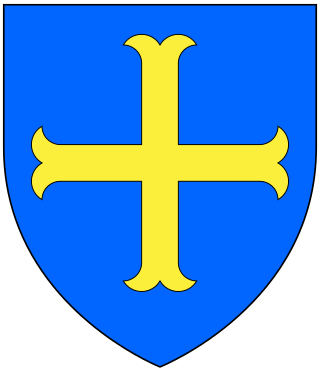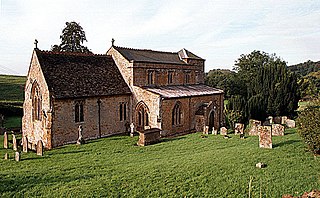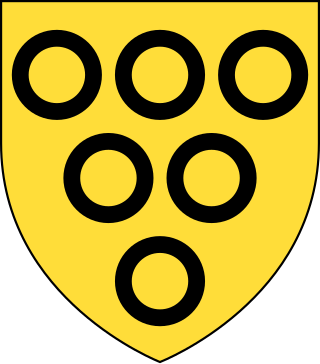
There have been five baronetcies created for persons with the surname Barker, three in the Baronetage of England, one in the Baronetage of Great Britain and one in the Baronetage of the United Kingdom. All five creations are extinct.

There have been six baronetcies created for persons with the surname Smyth, two in the Baronetage of England, one in the Baronetage of Great Britain, one in the Baronetage of Ireland and two in the Baronetage of the United Kingdom. One creation is extant as of 2010.

There have been twenty one baronetcies created for persons with the surname Williams, eight in the Baronetage of England, three in the Baronetage of Great Britain and ten in the Baronetage of the United Kingdom. Only six of the creations are extant as of 2017.
There have been four baronetcies created for persons with the surname Temple, two in the Baronetage of England, one in the Baronetage of Nova Scotia and one in the Baronetage of the United Kingdom.
Three baronetcies were created for persons with the surname D'Oyly, two in the Baronetage of England and one in the Baronetage of the United Kingdom. One creation is extant as of 2008.
There have been two baronetcies created for members of the Reade family, both in the Baronetage of England. Both creations are now extinct.

There have been three baronetcies created for descendants of the ancient Norman family of Molyneux who were granted extensive estates in Lancashire after the Norman Conquest.

There have been five baronetcies created for members of the old established family of Peyton of Peyton Hall in the parish of Boxford in Suffolk, all of whom were descended from Sir Robert Peyton of Isleham in Cambridgeshire, grandson and heir of Thomas Peyton (1418–1484) of Isleham, twice Sheriff of Cambridgeshire and Huntingdonshire, in 1443 and 1453. All the baronetcies are extinct.

Drayton is a village and civil parish in the valley of the Sor Brook in Oxfordshire, about 2 miles (3 km) northwest of Banbury. The 2011 Census recorded the parish's population as 242.

There have been three baronetcies, all in the Baronetage of England, created for members of the Spencer family, both for descendants of two younger sons of Sir John Spencer (1524–1586) of Althorp, Northamptonshire.

Hanwell is a village and civil parish in Oxfordshire, about 2 miles (3 km) northwest of Banbury. Its area is 1,240 acres (500 ha) and its highest point is about 500 feet (150 m) above sea level. The 2011 Census recorded the parish's population as 263.
There have been two baronetcies- both extinct- granted to the Willises of Fen Ditton, both in the Baronetage of England.

Sir Anthony Cope, 1st Baronet of Hanwell in Oxfordshire, was an English Puritan Member of Parliament.

Sir Anthony Cope of Hanwell, near Banbury, was an English knight, author, principal chamberlain to Queen Catherine Parr, and sheriff of Oxfordshire and Berkshire.
Sir Anthony Cope, 4th Baronet was an English politician who sat in the House of Commons from 1660 to 1675.

Sir Charles Cope, 2nd Baronet was a British aristocrat.
Sir William Cope, 2nd Baronet was an English politician who sat in the House of Commons at various times between 1604 and 1625.
Sir Jonathan Cope, 1st Baronet, was a British landowner and politician who sat in the House of Commons from 1713 to 1722.
Sir Monoux Cope, 7th Baronet was a British politician who sat in the House of Commons between 1722 and 1747.

The Lowther baronetcy, of Marske in the County of York, was created in the Baronetage of England on 15 June 1697 for the 21-year-old William Lowther, subsequently Member of Parliament for Lancaster. His father was Anthony Lowther. He was the grandson of the London merchant Robert Lowther, brother of Sir John Lowther of Lowther Hall, the father of Sir John Lowther, 1st Baronet, of Lowther.













